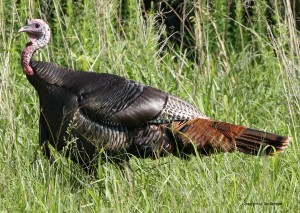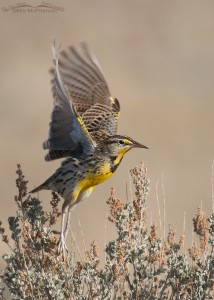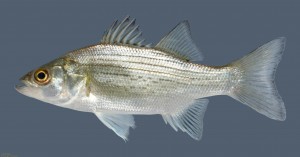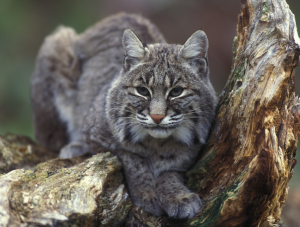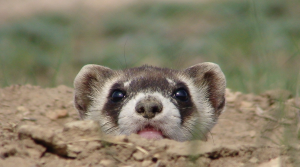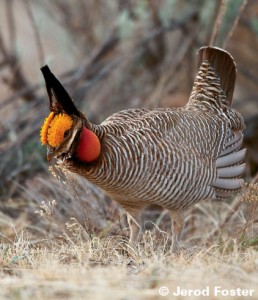Farmers and forest landowners in three Kansas watersheds can apply now for help to improve water quality in their watershed from the U.S. Department of Agriculture’s (USDA) Natural Resources Conservation Service (NRCS). Funding to install conservation practices that manage nutrients, pathogens, and sediments comes from the agency’s National Water Quality Initiative (NWQI). NRCS accepts applications for financial assistance on a continuous basis throughout the year, but applications for funding consideration during this fiscal year must be received by April 18, 2014.
NRCS collaborated with Kansas state agencies, partners, and the NRCS Kansas Technical Committee to select which watersheds would benefit most from additional conservation treatments and decided to offer the program to the same three watersheds as previous years.
Through this effort, producers in Headwaters Grasshopper Creek in the Delaware River Watershed in southcentral Brown County and small portions of Atchison and Jackson Counties; Town of Munjor-Big Creek in the Smoky Hill River Watershed in southeast Ellis County; andCity of Hesston and City of Canton-West Emma Creek in the Little Arkansas Watershed in portions of Harvey, Marion, and McPherson Counties may apply.
All three watersheds are identified as impaired, with degraded water quality issues. Using funds from the Environmental Quality Incentives Program (EQIP), NRCS will provide financial and technical assistance to producers interested in addressing resource concerns using conservation practices such as field borders, cover crops, waste storage facilities, heavy use area protection, and nutrient management.
EQIP offers financial and technical assistance to eligible participants to install or implement structural and management practices on eligible agricultural land. In Kansas, socially disadvantaged, limited resource, and beginning farmers and ranchers will receive a higher payment rate for eligible conservation practices applied.
For additional information specific to NWQI, or to sign an application, stop by yourUSDA Service Center (listed in the telephone book under United States Government or on the internet at www.offices.usda.gov). More information is also available on the Kansas Web site at www.ks.nrcs.usda.gov.

